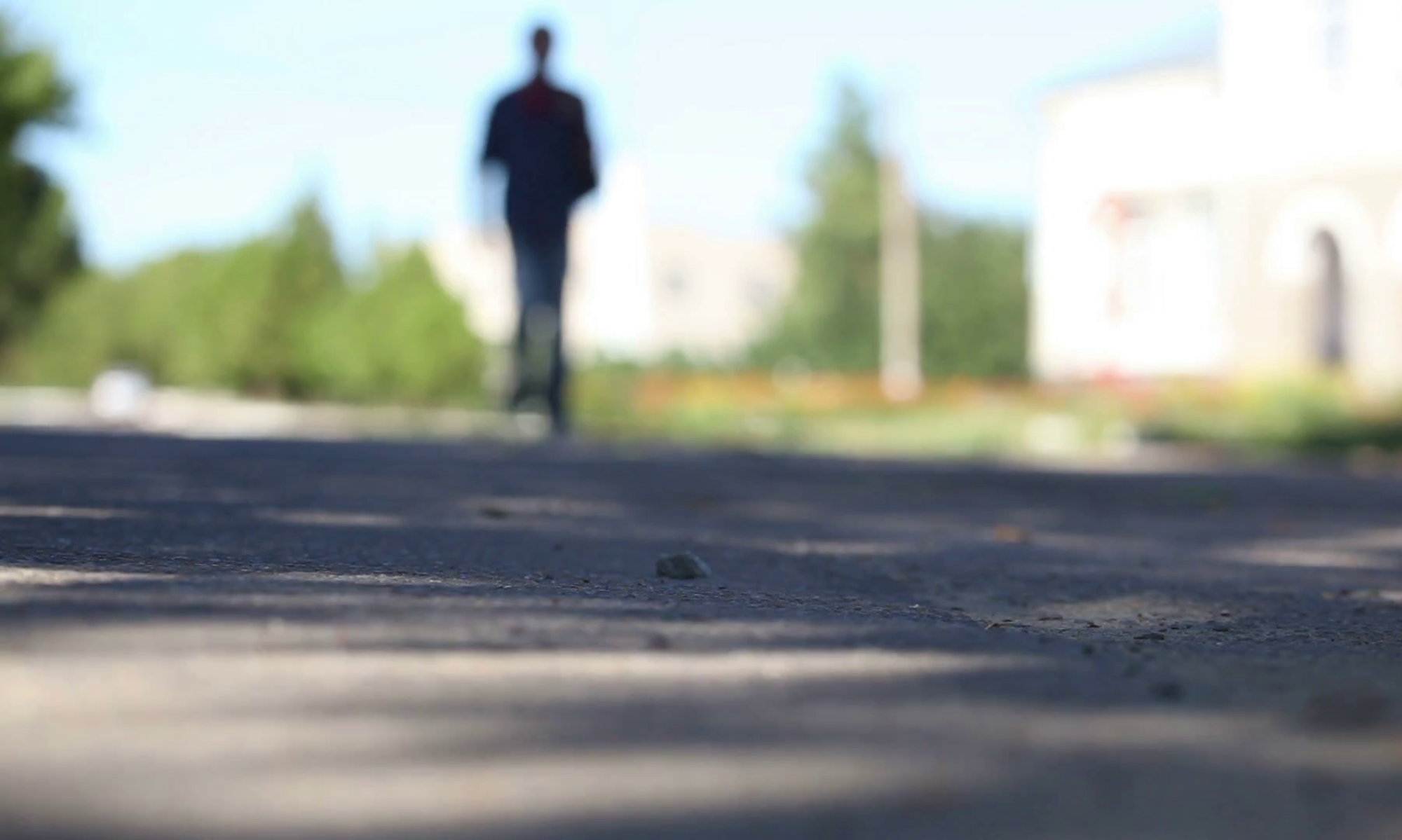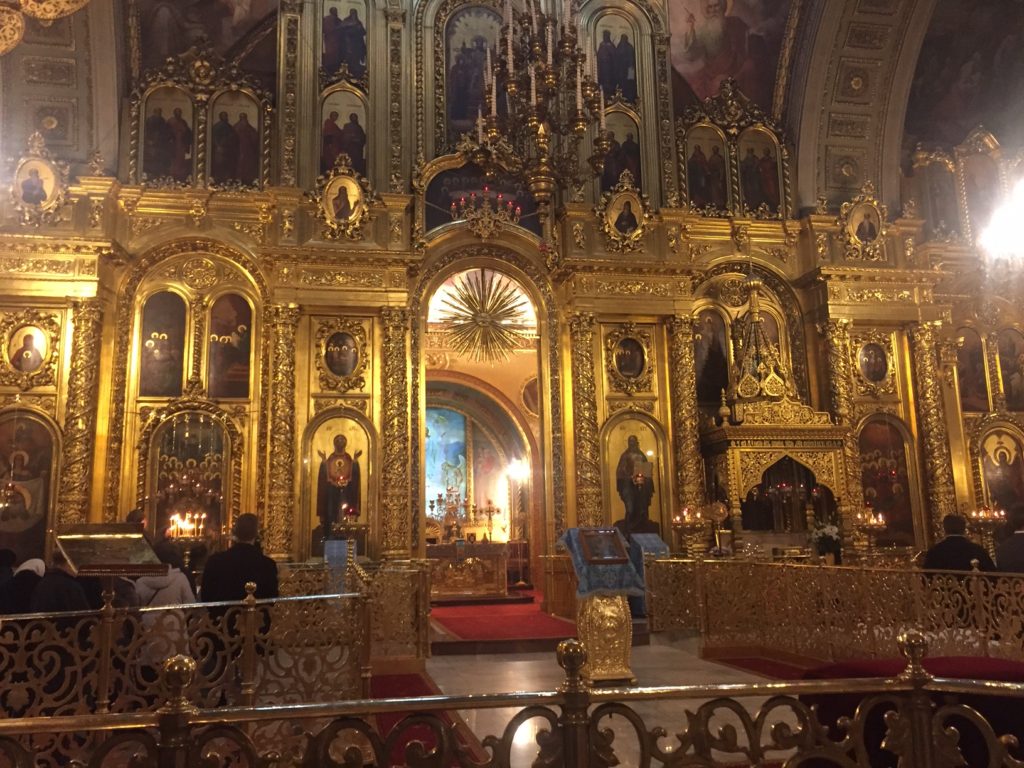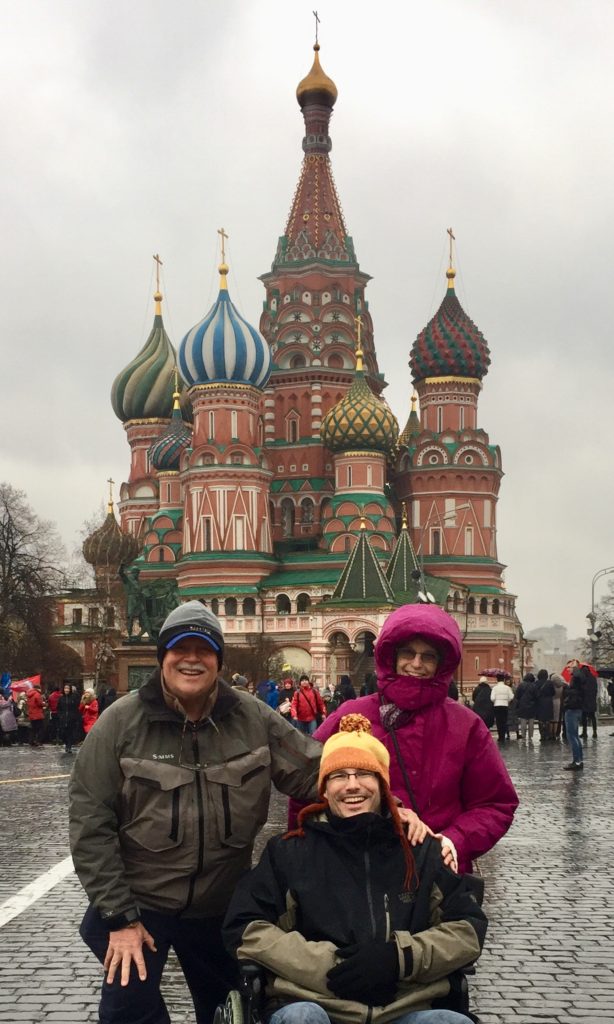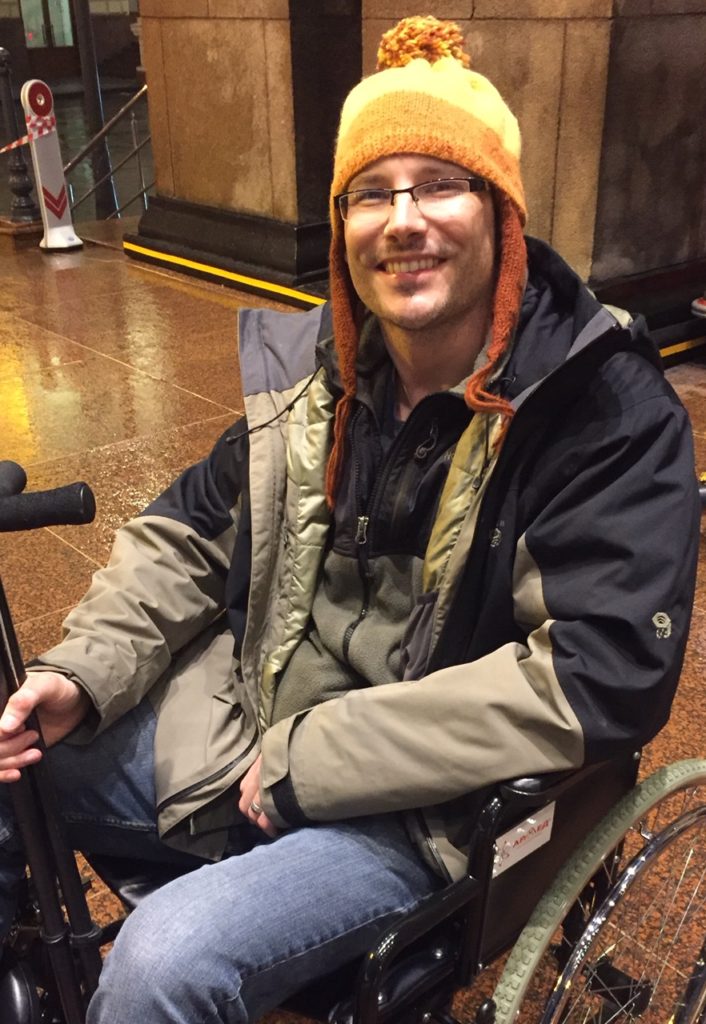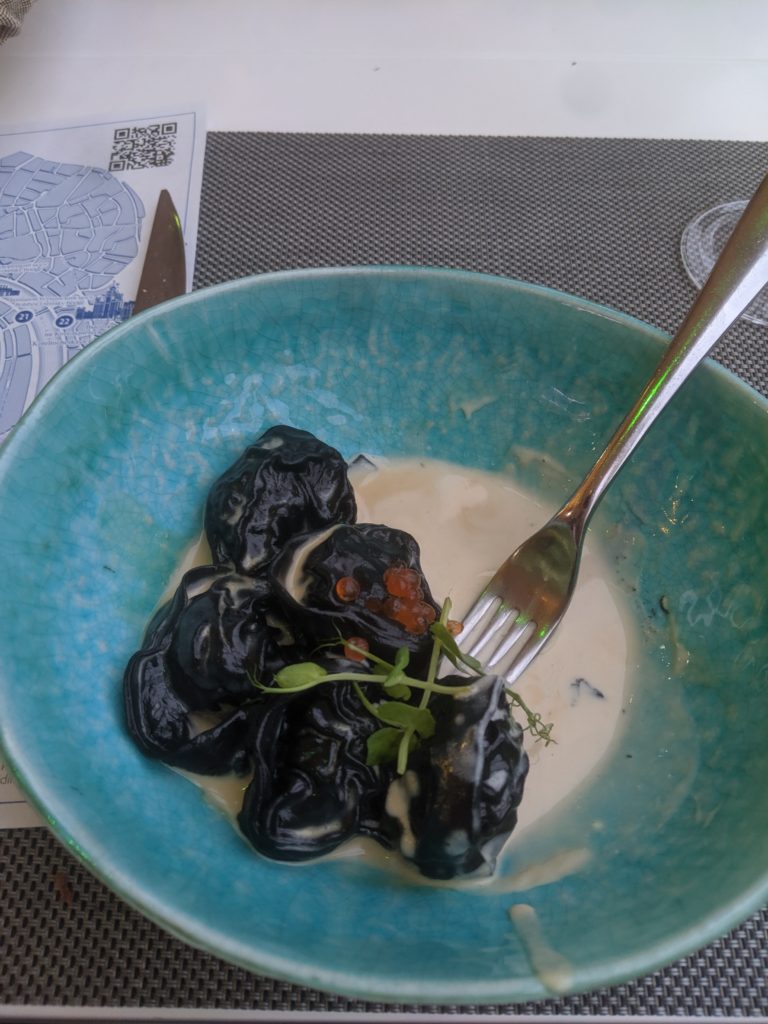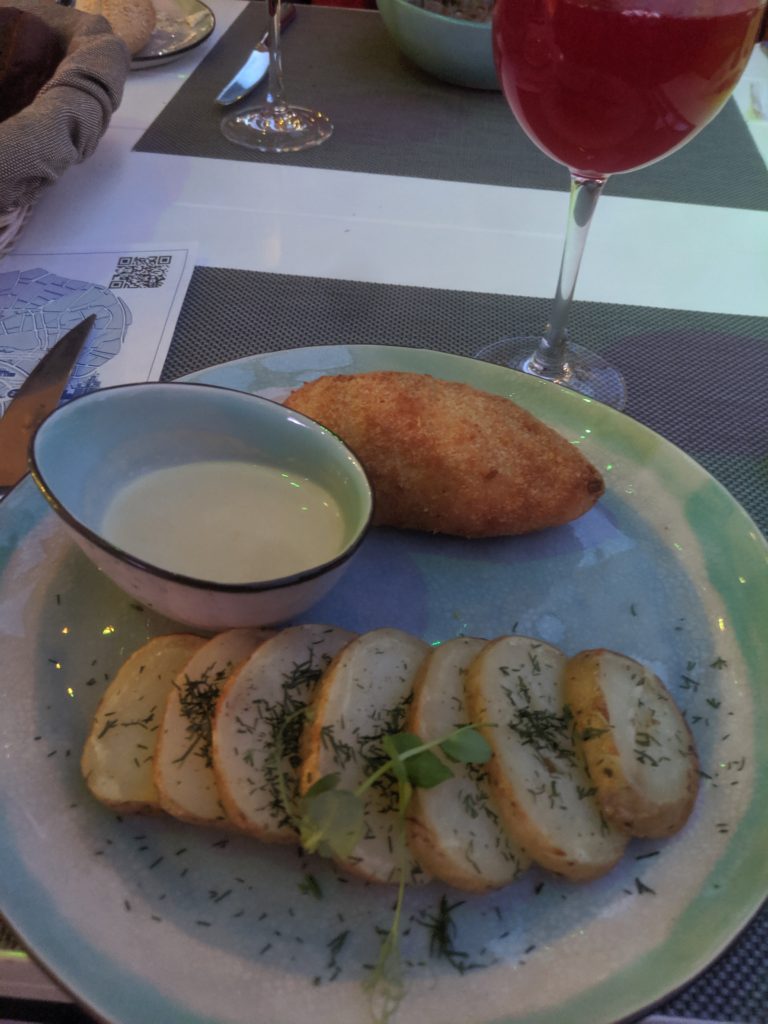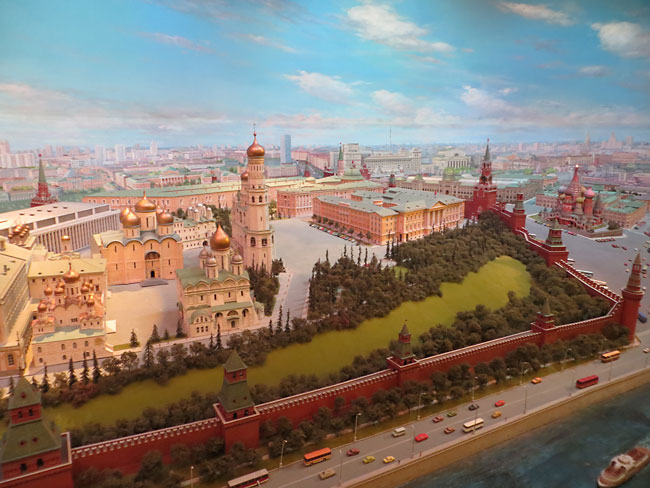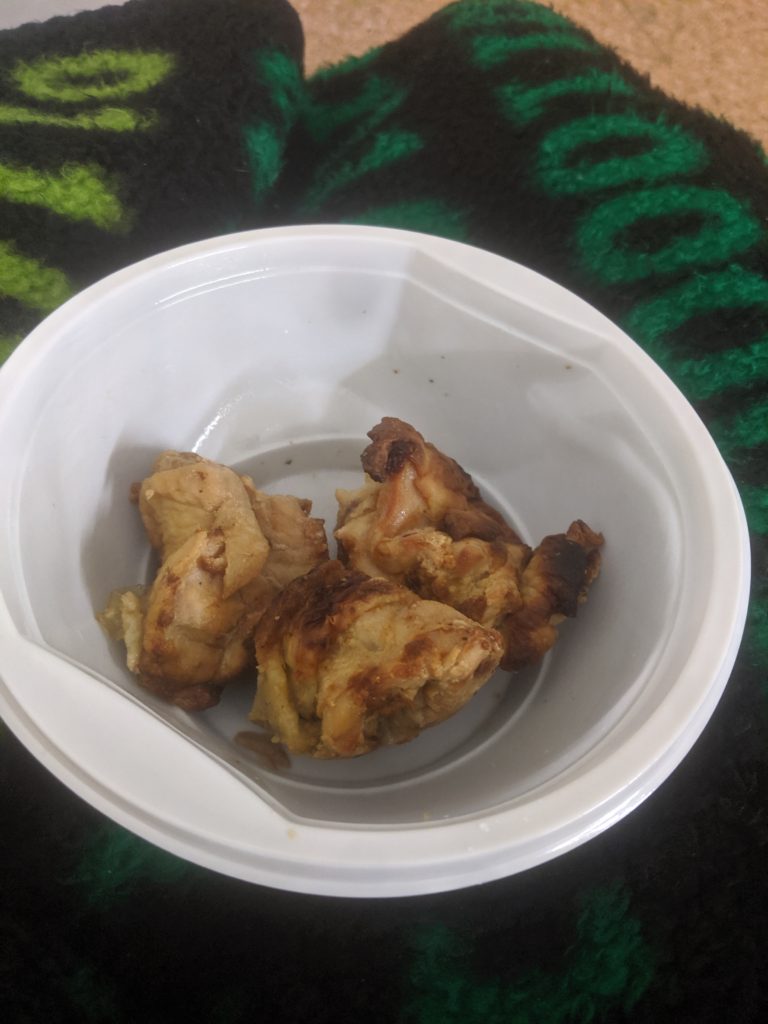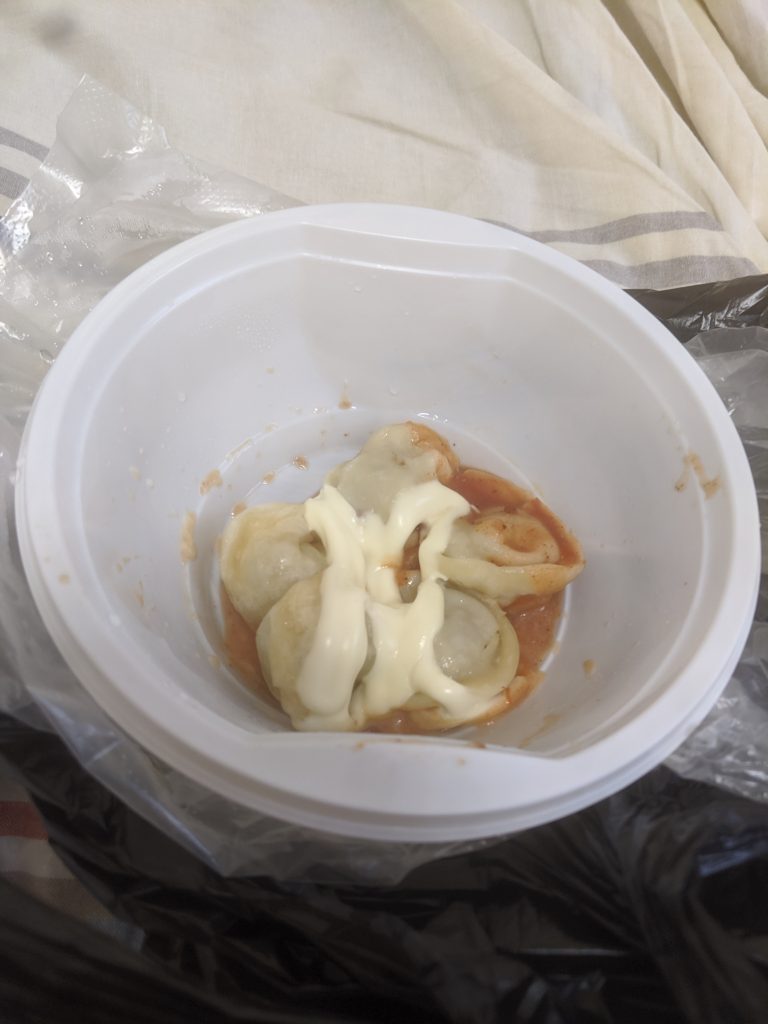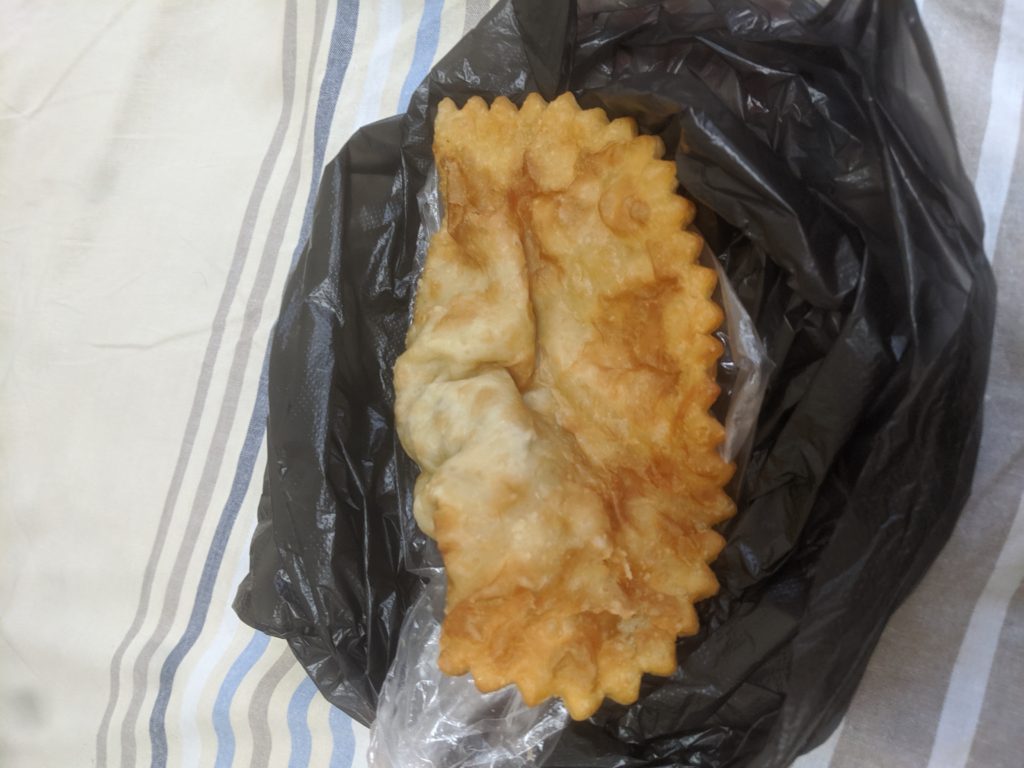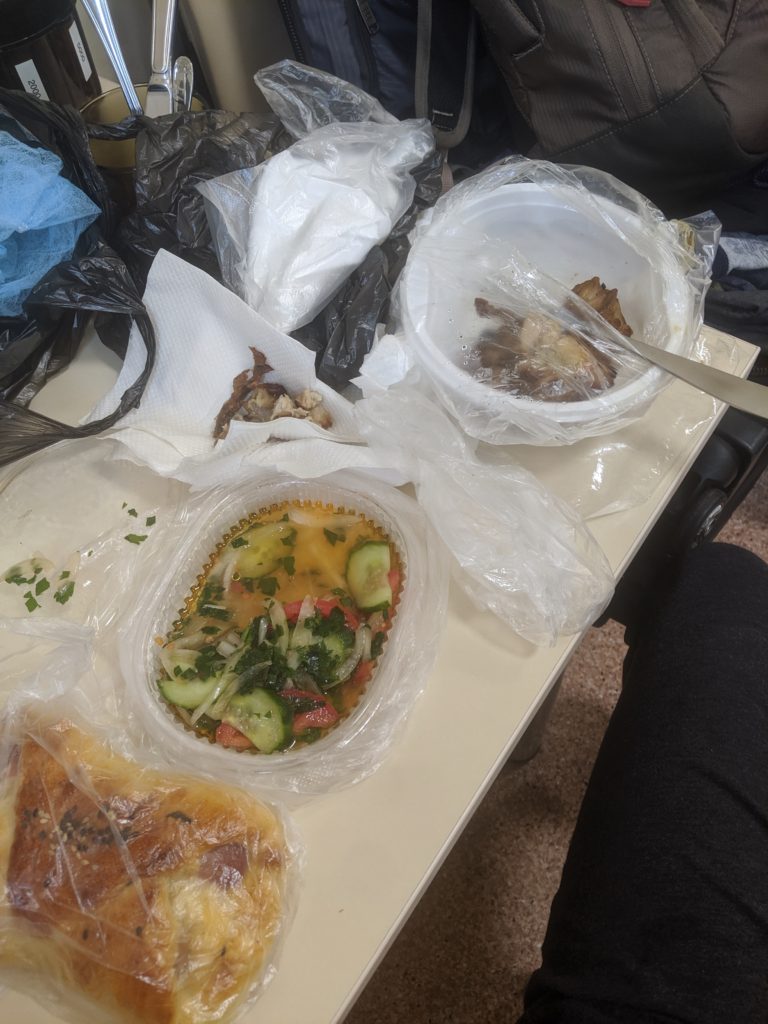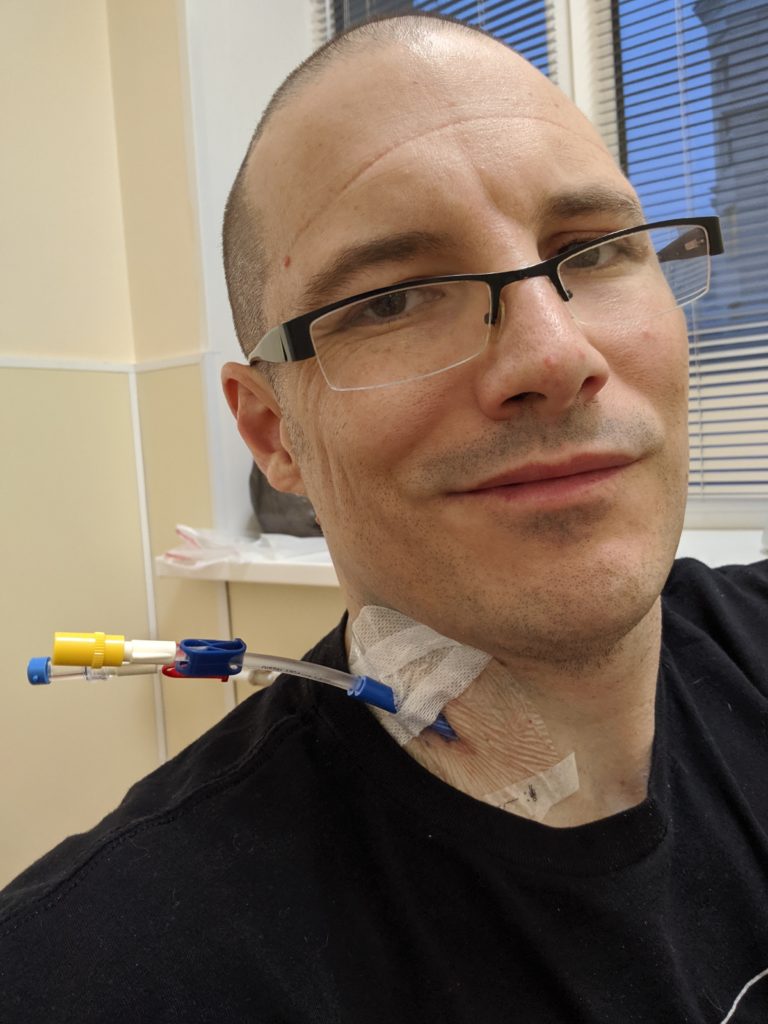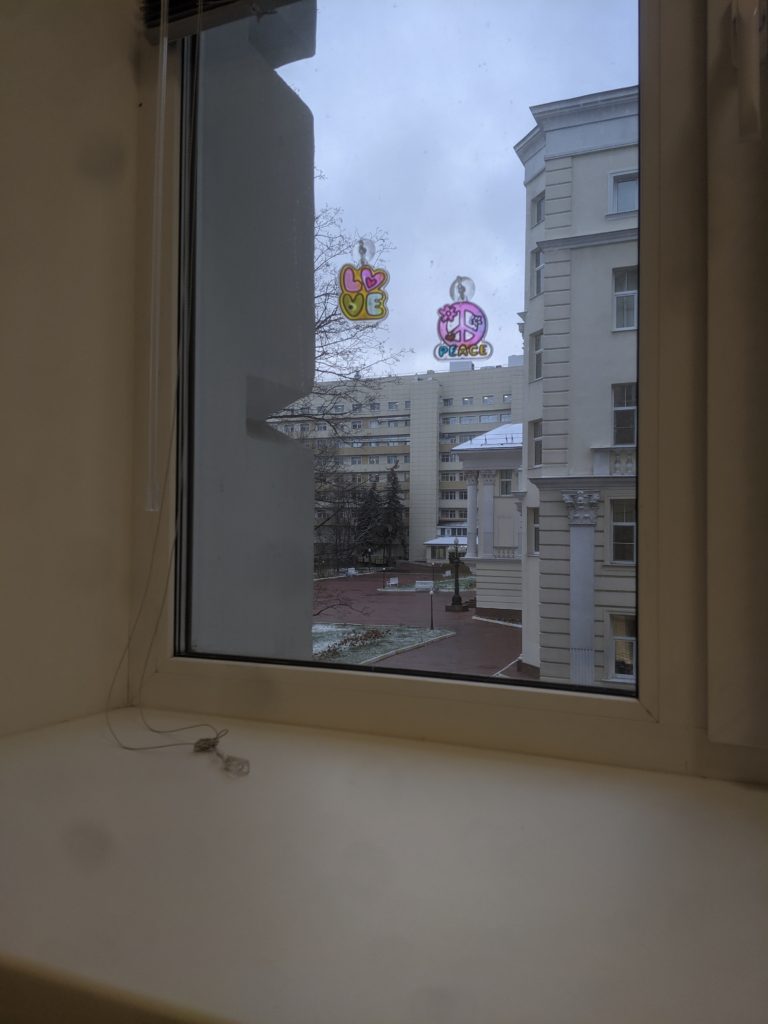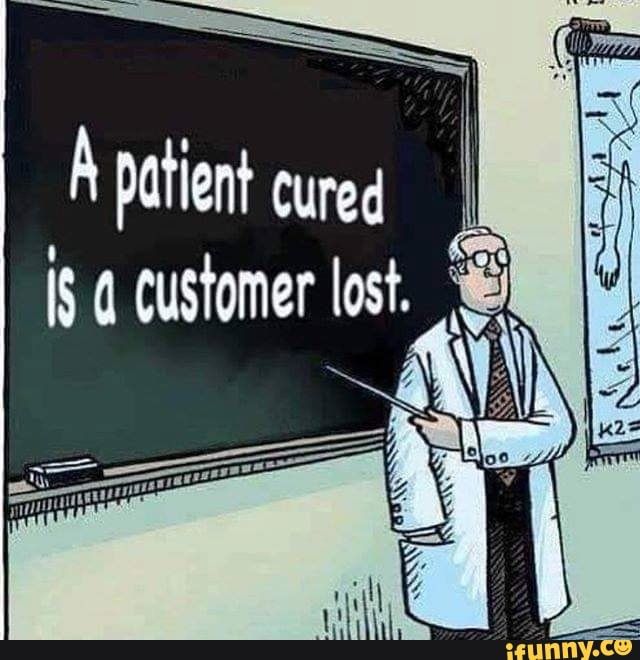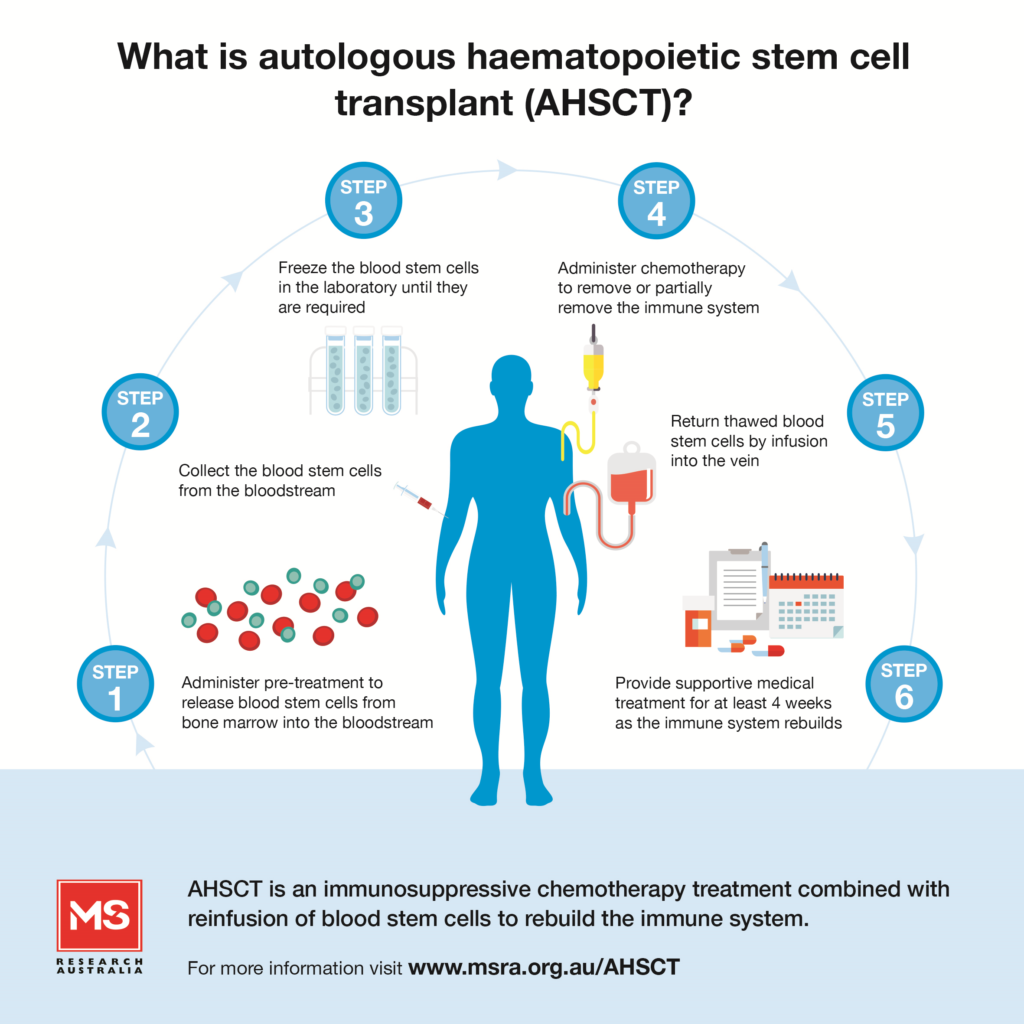So, given my disability level, and MRI report indicating no new lesions, I basically had two facilities in the whole world available to me: Moscow, Russia and Puebla, Mexico.
The statistics for the two facilities are largely the same. Mexico indicates a better result for secondary progressive MS, but that may be largely due to the fact that they take patients with higher disability, and thus have had more patients. All in all it’s like I read somewhere: “if one was clearly better than the other, everyone would just go there“
So why are their statistics so similar? When you look at their protocols, they do just about everything the same. Same medications, same phases. The only difference seems to be, they give the chemotherapy, and extract stem cells, at slightly different times. Russia extracts the stem cells, and then gives four days of chemotherapy. Mexico gives two days of chemotherapy, extracts stem cells, and then does two more days of chemotherapy. The break, Mexico will say, is to give your kidneys a break. Russia will tell you, that Mexico loses some stem cells, because they don’t freeze them between extracting them and giving them back to you, and that it is probably a cost saving measure on Mexico’s part. Mexico will reply that freezing the stem cells causes some to be lost. This appears to be a lot of theory without quantifiable results.
In the end, a medical comparison between two doesn’t get you very far. After that, the comparisons are largely aesthetic. Mexico is an outpatient protocol. For international patients, they put you up in an apartment, and drive you back and forth to the clinic. Russia is an inpatient protocol. You get a room in the clinic. So for Russia, you are always in the clinic. If you spike a fever during isolation, there is no delay in getting treatment. Mexico on the other hand, is set up for greater disability. So if you want to feel like you’re in the hospital the whole time: Russia. If you want to avoid the feeling of a hospital: Mexico.
Russia will provide an MRI when you get there. Their MRI machine is also supposed to be one of the best. If you haven’t had an MRI for a while, Mexico will provide one, but it is an add-service.
There are also some minor differences. Mexico has better weather throughout fall and winter. But since you spend all your time in the clinic in Russia, it really doesn’t much matter. Because you are in the clinic in Russia, you can potentially go through the whole procedure by yourself. In Mexico, they require you to have a caregiver. If one will not be accompanying you, you can hire one there. The food provided in Mexico is also supposed to be better.
In the end, my decision came down to impatient vs outpatient. It was my feeling, in Mexico, anytime you were away from the medical staff, such as in your apartment, you would feel like you had to be diligent about your condition. In Russia, at least in theory, a nurse will always be around the corner. I will put up with lesser food, more tubes, and a longer plane flight, to feel a little more relaxed for a month
EDIT: it has come to my attention, that I was uninformed about one key feature that Mexico has, and that is: when you check in, they provide a cell phone with all the medical staff’s numbers pre-programmed. There is also a nurse stationed at the apartment complex 24/7. So if there’s ever a problem, help is right there. This is DEFINITELY something that Mexico should advertise more thoroughly
